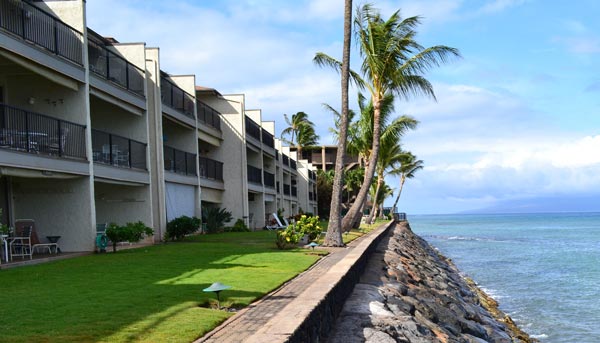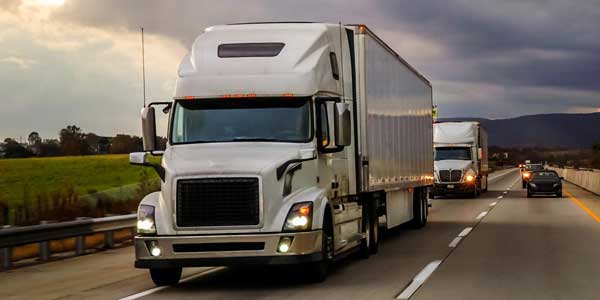At Nicholson and Associates Insurance, we make getting Hurricane Insurance for your home easy.
There are two kinds of wind damage deductibles: hurricane deductibles, which apply to damage solely from hurricanes, and windstorm or wind/hail deductibles, which apply to any kind of wind damage. Percentage deductibles typically vary from 1% of a home’s insured value to 5%. In some coastal areas with high wind risk, hurricane deductibles may be higher. The amount the homeowner pays depends on the home’s insured value and the “trigger” selected by the insurance company, which determines under what circumstances the deductible applies.
In some states, policyholders may have the option of paying a higher premium in return for a traditional dollar deductible, depending on how close to the shore they live. In some high-risk coastal areas, insurers may not give policyholders this option, making the percentage deductible mandatory.
In the Central Pacific there are three types of tropical cyclones, each defined by their associated wind speeds.
- Tropical Depression – Winds up to 38 mph and designated by a number (ex. TD-01)
- Tropical Storm – Winds of 39 to 73 mph and designated by a name
- Hurricane – Winds equal to or greater than 74 mph and designated by a name. Hurricanes are broken down further into five categories of increasing wind threat with category 5 being the strongest.
In Hawaii, most homeowner’s insurance provide property coverage for all perils and liability but exclude hurricane insurance. Homeowners must purchase hurricane insurance separately from specialized companies.
This is why it’s important to talk to a knowledgeable insurance professional who can help you determine if you should purchase hurricane insurance. Our concierge insurance agents will take the time to explain your options and tailor a hurricane insurance policy suited just for you. Ensuring the protection of your assets.
Hurricane Preparation Resources
Be prepared and stay safe from a hurricane. Below are some helpful resources when preparing for a hurricane:
How to Prepare
Getting ready is as simple as recognizing hazards, gathering information, developing a plan, putting together a kit, and preparing your home.
- Gathering Information: Find the latest info on tropical cyclone hazards in Hawaii by using the resource links above.
- Developing a Plan: Answer questions like – who do you contact? Where is the nearest shelter? Where is our family/business meeting place? Where do I find information? Where are our escape routes?
- Disaster Kit: Have enough non-perishable food and water for you and yours for at least 7 days. Keep 10 days worth of medication on hand, and make copies of important documents. Have what you need to survive without power, while staying comfortable. Learn How to Build a Kit.
- Prepare Your Home: Reinforce your roof with hurricane clips and protect your windows with shutters and/or plywood (This will also save you money on your hurricane insurance!). Pick up and store loose items in and around your home.
Below is a short video of Hurricane Inikii and the damage it caused.
Watches and Warnings
A Hurricane Warning means that hurricane conditions are expected somewhere within the warning area. A warning is typically issued 36 hours before the anticipated first occurrence of tropical-storm-force winds, conditions that make outside preparations difficult or dangerous. Preparations to protect life and property should be rushed to completion.
A Hurricane Watch means that hurricane conditions are possible within the watch area. A watch is typically issued 48 hours before the anticipated first occurrence of tropical-storm-force winds, conditions that make outside preparations difficult or dangerous.





